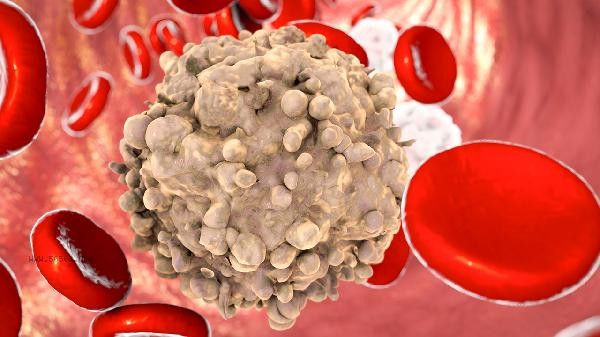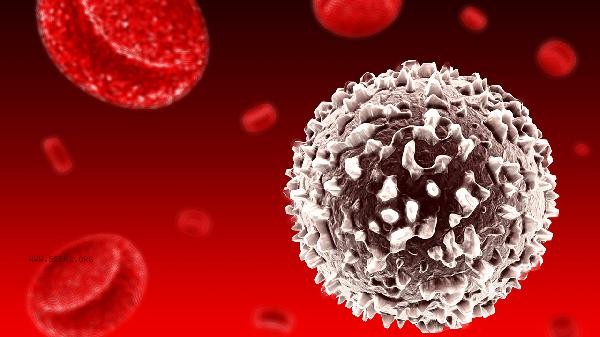The normal range of white blood cells varies slightly between males and females, with a reference value of 3.5-9.5 × 10 ⁹/L for adult males and slightly higher at 3.5-10.0 × 10 ⁹/L for females. This is mainly related to hormone levels, physiological cycles, exercise habits, basal metabolic rate, and immune system characteristics.

1. Hormone levels:
Estrogen has the effect of stimulating bone marrow hematopoietic function. Fluctuations in estrogen during the female menstrual cycle can lead to a mild increase in white blood cell count, especially during ovulation and luteal phase. Male testosterone levels are relatively stable and have a relatively small impact on white blood cell production.
2. Physiological cycle:
White blood cells in pregnant women can increase physiologically to 5-12 × 10 ⁹/L, and may reach 14-16 × 10 ⁹/L during delivery. This change is in response to fetal immune tolerance needs and is a normal physiological phenomenon that does not require special treatment.
3. Exercise habits:

Men generally have higher muscle mass, and after intense exercise, white blood cells, especially neutrophils, temporarily increase more significantly. The inflammatory response induced by exercise can restore white blood cell values within 24 hours, and vigorous exercise should be avoided before physical examination.
4. Basal metabolism:
The basal metabolic rate of males is usually higher than that of females, and the rate of white blood cell turnover is faster in the resting state. But the numerical changes caused by metabolic differences generally fluctuate within the normal range and will not exceed the medical reference value standards.
5. Immune characteristics:
The female immune system is more sensitive to pathogens, and higher levels of lymphocyte proliferation may occur during certain viral infections. This gender related difference in immune response results in a slightly wider upper limit of white blood cell reference range in females compared to males.

To maintain stable white blood cell levels, attention should be paid to regular sleep and balanced diet. It is recommended to consume 300 grams of dark vegetables daily to supplement folic acid, and seafood twice a week to supplement zinc. Moderate aerobic exercise can improve the bone marrow hematopoietic microenvironment, but excessive training leading to immune suppression should be avoided. Smoking can interfere with the classification and counting of white blood cells. It is necessary to quit smoking for at least 8 hours before the physical examination. If white blood cells are found to be consistently below 3 × 10 ⁹/L or above 15 × 10 ⁹/L, it is recommended to undergo peripheral blood smear examination and bone marrow function evaluation.








Comments (0)
Leave a Comment
No comments yet
Be the first to share your thoughts!